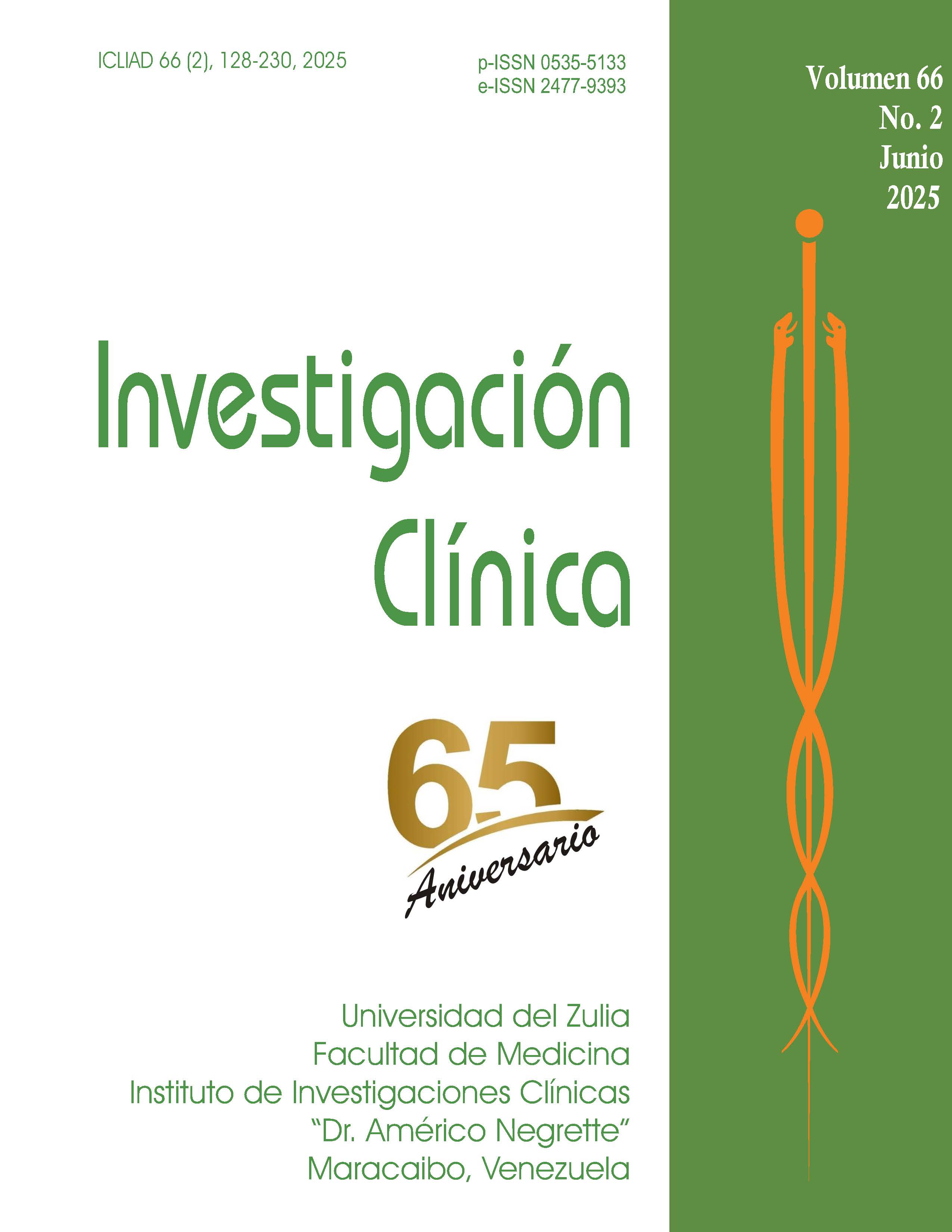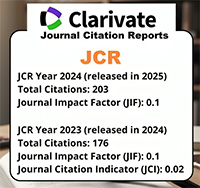Impact of regional anesthesia vs general anesthesia on postoperative outcomes in elderly patients with hip fracture: a meta-analysis.
Impacto de la anestesia regional vs anestesia general en los resultados posoperatorios en pacientes ancianos con fractura de cadera: un meta-análisis.
Resumen
El objetivo de este estudio fue utilizar meta-análisis para comparar el impacto de la anestesia regional (AR) versus la anestesia general (AG) en los resultados posoperatorios en pacientes ancianos sometidos a cirugía de fractura de cadera. Se buscó en las bases de datos electrónicas (PubMed, Web of Science, Cochrane Library y Embase) ensayos controlados aleatorios (ECA) que compararan los efectos de AR vs AG en pacientes de edad avanzada sometidos a cirugía de fractura de cadera. Se utilizó el modelo de efectos aleatorios o fijos para calcular los riesgos relativos agrupados (RR) y las diferencias de medias (DM). Se incluyeron 14 ECA con 5.626 pacientes de edad avanzada sometidos a cirugía de fractura de cadera. El metanálisis indicó que la AR se asoció con una menor incidencia de pérdida de sangre intraoperativa (DM: -39,7 mL; IC 95%:-68,61, -10,84; p = 0,007), eventos adversos incluyendo hipotensión intraoperati- va (RR: 1,09; IC del 95%: 0,90, 1,32; p = 0,005) y disfunción cognitiva posoperatoria (RR: 0,56; IC 95% : 0,37, 0,86; p = 0,007) comparado con GA. Sin embargo, no se encontraron diferencias estadísticamente significativas entre AR y AG en términos de tiempo quirúrgico, tiempo de anestesia, transfusión intraoperativa, duración hospital, delirio y mortalidad. La AR puede reducir eficazmente la pérdida de sangre intraoperatoria y el riesgo de hipotensión. Debido a la actual falta de pruebas, no se identificaron efectos positivos de la AR en otros resultados posoperatorios. Se justifica un estudio de alta calidad y rigurosamente diseñado para determinar el impacto del tipo de anestesia en pacientes ancianos con fractura de cadera.
Descargas
Citas
Cauley JA, Chalhoub D, Kassem AM, Fuleihan Gel-H. Geographic and ethnic disparities in osteoporotic fractures. Nat Rev Endocrinol. 2014;10(6):338-351.
Marsillo E, Pintore A, Asparago G, Oliva F, Maffulli N. Cephalomedullary nailing for reverse oblique intertrochanteric fractures 31A3 (AO/OTA). Orthop Rev (Pavia). 2022 13;14(6):38560.
Hawley S, Javaid MK, Prieto-Alhambra D, Lippett J, Sheard S, Arden NK, Cooper C, Judge A; REFReSH study group. Clinical effectiveness of orthogeriatric and fracture liaison service models of care for hip fracture patients: population-based longitudinal study. Age Ageing. 2016;45(2):236-342.
National hip fracture database (NHFD). Annual report 2017. London: Royal College of Physicians; 2017.
White SM, Moppett IK, Griffiths R. Outcome by mode of anaesthesia for hip fracture surgery. An observational audit of 65 535 patients in a national dataset. Anaesthesia 2014;69(3):224-230.
National Hip Fracture Database. Annual report, The National Hip Fracture Database (nhfd.co.uk), 2020. Available from (Accessed April 21 2022).
Zywiel MG, Prabhu A, Perruccio AV, Gandhi R. The influence of anesthesia and pain management on cognitive dysfunction after joint arthroplasty: a systematic review. Clin Orthop Relat Res. 2014;472(5):1453- 1466.
Ahn EJ, Kim HJ, Kim KW, Choi HR, Kang H, Bang SR. Comparison of general anaesthesia and regional anaesthesia in terms of mortality and complications in elderly patients with hip fracture: a nation-wide population based study. BMJ Open. 2019;9(9):e029245.
Ravi B, Pincus D, Choi S, Jenkinson R, Wasserstein DN, Redelmeier DA. Association of Duration of Surgery With Postoperative Delirium Among Patients Receiving Hip Fracture Repair. JAMA Netw Open. 2019;2(2):e190111.
Li T, Li J, Yuan L, Wu J, Jiang C, Daniels J, et al.; RAGA Study Investigators. Effect of regional vs general anesthesia on incidence of postoperative delirium in older patients undergoing hip fracture surgery: The RAGA Randomized Trial. JAMA. 2022;327(1):50-58.
Page MJ, McKenzie JE, Bossuyt PM, Boutron I, Hoffmann TC, Mulrow CD, et al. The PRISMA 2020 statement: an updated guideline for reporting systematic reviews. BMJ. 2021;372:n71.
Higgins J, Altman DG. Chapter 8: Assessing risk of biasin included studies. In Cochrane Handbook for Systematic Reviews of Interventions Version 5.0 (eds J. Higgins & S. Green), 2008. Available at: http://www.cochrane-handbook.org (last accessed July 20 2010).
Rasmussen LS, Johnson T, Kuipers HM, Kristensen D, Siersma VD, Vila P, et al.; ISPOCD2(International Study of Postoperative Cognitive Dysfunction) Investigators. Does anaesthesia cause postoperative cognitive dysfunction? A randomised study of regional versus general anaesthesia in 438 elderly patients. Acta Anaesthesiol Scand. 2003;47(3):260-266.
Hoppenstein D, Zohar E, Ramaty E, Shabat S, Fredman B. The effects of general vs spinal anesthesia on frontal cerebral oxygen saturation in geriatric patients undergoing emergency surgical fixation of the neck of femur. J Clin Anesth. 2005;17(6):431-438.
Vail EA, Feng R, Sieber F, Carson JL,et al ; REGAIN (Regional versus General Anesthesia for Promoting Independence after Hip Fracture) Investigators. Long-term Outcomes with Spinal versus General Anesthesia for Hip Fracture Surgery: A Randomized Trial. Anesthesiology. 2024;140(3):375-386.
Parker MJ, Griffiths R. General versus regional anaesthesia for hip fractures. A pilot randomised controlled trial of 322 patients. Injury. 2015;46(8):1562-1566.
Shi HJ, Xue XH, Wang YL, Zhang WS, Wang ZS, Yu AL. Effects of different anesthesia methods on cognitive dysfunction after hip replacement operation in elder patients. Int J Clin Exp Med. 2015;8(3):3883-3888.
Neuman MD, Mehta S, Bannister ER, Hesketh PJ, Horan AD, Elkassabany NM. Pilot randomized controlled trial of spinal versus general anesthesiaforhip fracture surgery. J Am Geriatr Soc. 2016;64(12):2604-2606.
Haghighi M, Sedighinejad A, Nabi BN, Mardani-Kivi M, Tehran SG, Mirfazli SA, et al. Is spinal anesthesia with low dose lidocaine better than sevoflorane anesthesia in patients undergoing hip fracture Surgery. Arch Bone Jt Surg. 2017;5(4):226- 230.
Meuret P, Bouvet L, Villet B, Hafez M, Allaouchiche B, Boselli E. Hypobaric unilateral spinal anaesthesia versus general anaesthesia in rlderly patients undergoing hip fracture surgical repair: a prospective randomised Open Trial. Turk J Anaesthesiol Reanim. 2018;46(2):121-130.
Tzimas P, Samara E, Petrou A, Korompilias A, Chalkias A, Papadopoulos G. The influence of anesthetic techniques on postoperative cognitive function in elderly patients undergoing hip fracture surgery: General vs spinal anesthesia. Injury. 2018;49(12):2221-2226.
Shin S, Kim SH, Park KK, Kim SJ, Bae JC, Choi YS. Effects of anesthesia techniques on outcomes after hip fracture surgery in elderly patients: A prospective, randomized, controlled trial. J Clin Med. 2020;9(6):1605.
Tang L, Fang P, Fang Y, Lu Y, Xu G, Liu X. Comparison of effects between combined lumbar-sacral plexus block plus general anesthesia and unilateral spinal anesthesia in elderly patients undergoing hip fracture surgery: A pilot randomized controlled trial. Evid based complement alternat med. 2021;2021:6685497.
Neuman MD, Feng R, Carson JL, Gaskins LJ, Dillane D, Sessler DI, et al.; REGAIN Investigators. Spinal anesthesia or general anesthesia for hip surgery in older adults. N Engl J Med. 2021;385(22):2025-2035.
Zhang A, Gao H, Lu Y, Jiang L, Xu C. Fascia iliaca block combined with low-dose spinal anesthesia for hip fracture surgery in the elderly: effects on severe hypotension and analgesia. A randomized controlled trial. Pain Physician. 2024;27(5):E579-E587.
Maxwell BG, Spitz W, Porter J. Association of increasing use of spinal anesthesia in hip fracture repair with treating an aging patient population. JAMA Surg. 2020;155(2):167-168.
Boddaert J, Raux M, Khiami F, Riou B. Perioperative management of elderly patients with hip fracture. Anesthesiology. 2014;121(6):1336-1341.
Biboulet P, Jourdan A, Van Haevre V, Morau D, Bernard N, Bringuier S, et al. Hemodynamic profile of target-controlled spinal anesthesia compared with 2 target-controlled general anesthesia techniques in elderly patients with cardiac comorbidities. Reg Anesth Pain Med. 2012;37(4):433- 440.
Futier E, Lefrant JY, Guinot PG, Godet T, Lorne E, Cuvillon P, et al.; INPRESS Study Group. Effect of individualized vs standard blood pressure management strategies on postoperative organ dysfunction among high-risk patients undergoing major surgery: A eandomized clinical trial. JAMA. 2017;318(14):1346-1357.
Messina A, La Via L, Milani A, Savi M, Calabrò L, Sanfilippo F, et al. Spinal anesthesia and hypotensive events in hip fracture surgical repair in elderly patients: a meta-analysis. J Anesth Analg Crit Care. 2022;2(1):19.
de Visme V, Picart F, Le Jouan R, Legrand A, Savry C, Morin V. Combined lumbar and sacral plexus block compared with plain bupivacaine spinal anesthesia for hip fractures in the elderly. Reg Anesth Pain Med. 2000;25(2):158-162.
Johnston DF, Stafford M, McKinney M, Deyermond R, Dane K. Peripheral nerve blocks with sedation using propofol and alfentanil target-controlled infusion for hip fracture surgery: a review of 6 years in use. J Clin Anesth. 2016;29:33-39.
Yang Y, Zhao X, Dong T, Yang Z, Zhang Q, Zhang Y. Risk factors for postoperative delirium following hip fracture repair in elderly patients: a systematic review and meta-analysis. Aging Clin Exp Res. 2017;29(2):115-126.
Inouye SK, Bogardus ST Jr, Charpentier PA, Leo-Summers L, Acampora D, Holford TR, et al. A multicomponent intervention to prevent delirium in hospitalized older patients. N Engl J Med. 1999;340(9):669-676.
Patel V, Champaneria R, Dretzke J, Yeung J. Effect of regional versus general anaesthesia on postoperative delirium in elderly patients undergoing surgery for hip fracture: a systematic review. BMJ Open. 2018;8(12):e020757.
Guay J, Parker MJ, Gajendragadkar PR, Kopp S. Anaesthesia for hip fracture surgery in adults. Cochrane Database Syst Rev. 2016;2(2):CD000521.





















